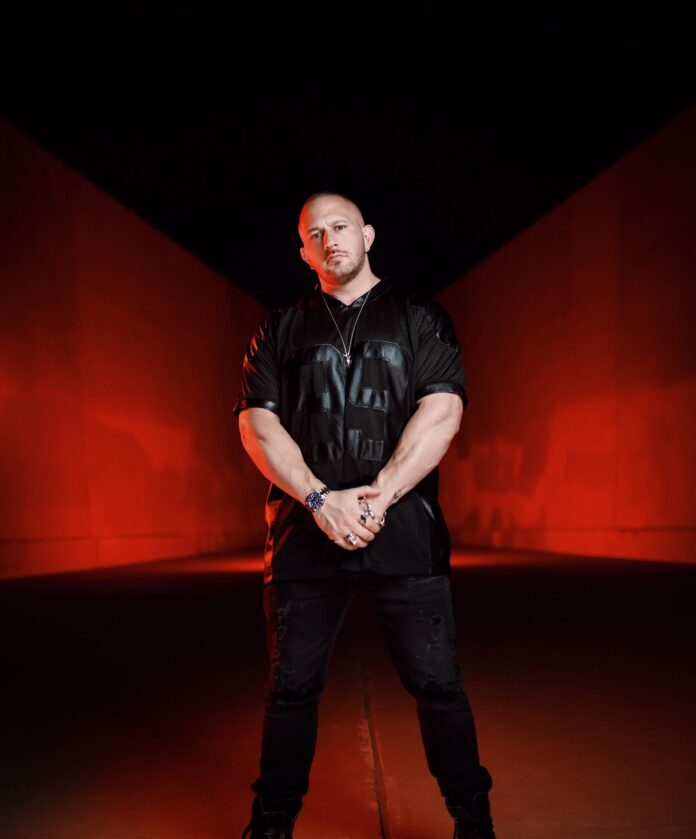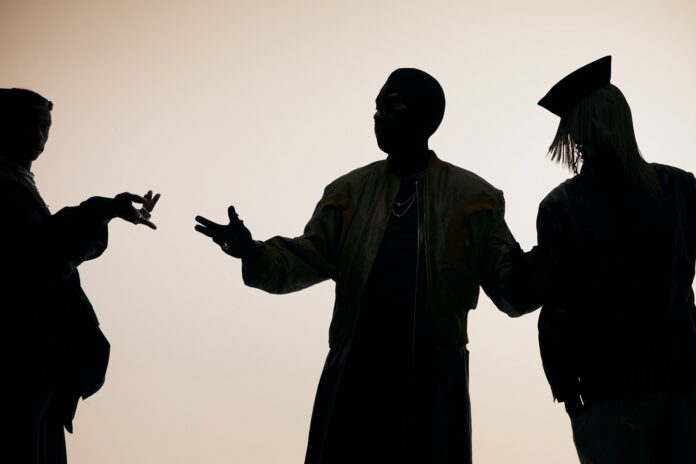Isekai has become the genre in anime, as well as in manga and light novels. Featuring protagonists being sent to shockingly different worlds, these stories are often power fantasies, explaining why they've become so beloved. However, the genre wasn't always so mainstream, resulting in many examples of isekai falling through the cracks of popularity. Magical Shopping Arcade Abenobashi just so happens to be one of these.
Abenobashi was created by two landmark anime companies, although this didn't quite catapult it into the stratosphere of popularity. Featuring two youngsters sent throughout various worlds, Abenobashi had a subversive ending that essentially reversed a Gainax mecha classic. Here's how the forgotten series is as much the anti-isekai as it is the anti-Evangelion.
What Was Magical Shopping Arcade Abenobashi?
Abenobashi was a 2002 anime created by the illustrious studio Gainax, with the animation handled by both Gainax and the equally as well-known Madhouse. The series' intro was the catchy banger "Treat or Goblins" by Megumi Hayashibara, and the show was later adapted into a manga series. The plot revolves around two children named Arumi and Sasshi, who live in the soon-to-be renovated eponymous Abenobashi shopping area. They soon find themselves transported away from their home to a series of different realities, all of which are somewhat humorous in nature.
These realities, which range in themes from dating sims to fantasy, are all born out of the mind of Arumi. He doesn't realize this initially, but this journey is in many ways a psychological exploration and avoidance of his personal trauma. This makes the story, fun and wacky as it is, a much more mindful affair than many modern isekai. Likewise, the lack of any real reincarnation into these different worlds further separates it from its more modern ilk, as does the flipping of the power fantasy concept. In being such a deconstruction of isekai, it also ended up reversing the ending of one of Gainax's most popular and iconic anime ever.
How Did Abenobashi Invert the Ending of Evangelion?
As mentioned previously, the various realities in Abenobashi are born out of the psyche of Arumi, as these escapist ideas keep him from accepting and dealing with the realities confronting him in the real world. He realizes this by the series' conclusion, but instead of turning back to reality to face his problems head-on, he turns his back on reality. This choice to continue living in the fantasy world of isekai was definitely something that many viewers didn't expect, and in many ways, it's the opposite of the ending in the TV version of Neon Genesis Evangelion.
A fellow Gainax production, the now legendary Evangelion was as much a psychological exploration of its characters as it was a mecha anime series. Protagonist Shinji Ikari constantly ran away from his problems as well as from other people, who he feared hurting or being hurt by. Despite these antisocial tendencies, it's the social failure Shinji that chooses to reject Instrumentality, asserting his individuality and reuniting with his friends while facing reality and all of its struggles.
This is the complete opposite of what many would expect from Shinji, but represented the growth his character had undergone. It's also the reverse of the ending given to Abenobashi, which is in many ways to satirical isekai what Evangelion was to mecha. Sadly, the former is not nearly as prolific as the latter, although it was well-received upon release. Thankfully, those wanting to see a different spin on the isekai genre are in luck, as Magical Shopping Arcade Abenobashi can be streamed via HIDIVE.
About The Author

